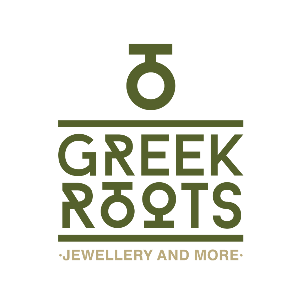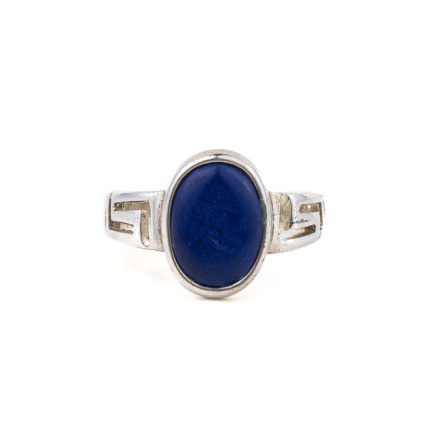Home / Κοσμήματα / Δαχτυλίδια / Σελίδα 7
Βλέπετε 97–112 από 551 αποτελέσματαSorted by average rating
Ταξινόμηση κατά
Υλικό
- 14k χρυσό και ασήμι 925 (21)
- 18k χρυσό και ασήμι 925 (15)
- ασήμι 925 (468)
- επίχρυσο (205)
- σμάλτο (17)
- χρυσό (58)
Σχέδιο
- Ήλιος της Βεργίνας (5)
- Κριάρι (4)
- Λιοντάρι (2)
- Πήγασος (3)
- Σπαρτιάτικα (4)
- Φίδι (10)
Νόμισμα
- Αλέξανδρος ο Μέγας (9)
- Ηρακλής - Τετράδραχμο (7)
- Θεά Αθηνά (23)
- Θεός Ήλιος (1)
- Θησέας και Μινώταυρος (1)
- Πήγασος (1)
Λίθος
- amazonite (14)
- amethyst (7)
- apatite (9)
- aqua marine (1)
- aquamarine (10)
- aventurine (1)
- black onyx (1)
- blue topaz (16)
- carnelian (1)
- chalcedony (3)
- coral (1)
- cornelius (1)
- crystals (11)
- diopside (1)
- emerald (1)
- fildisi (10)
- garnet (6)
- green copper (4)
- green turquoise (1)
- labradorite (1)
- lapis lazuli (19)
- larimar (1)
- london blue topaz (6)
- malachite (2)
- moonstone (1)
- mother of pearl (1)
- onyx (6)
- opal (39)
- pariba (7)
- pearl (12)
- peridot (12)
- rhodochrosite (1)
- rhodolite (3)
- rodolite (2)
- rose quartz (1)
- rubellite (1)
- rubinite (1)
- ruby (6)
- swarovski (3)
- tanzanite (2)
- tourmaline (11)
- turquoise (9)
- turquoise copper (2)
- white zirconia (2)
- zircon (60)
Φιλτράρισμα ανά τιμή
Κατάσταση αποθέματος
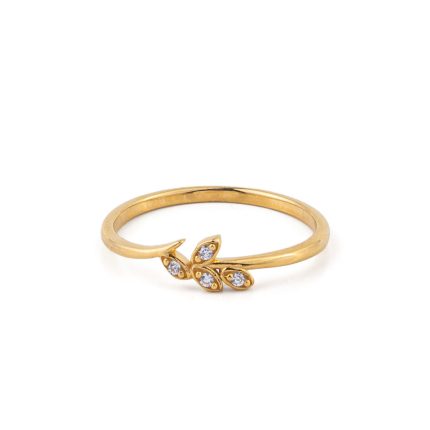

Επιλογή
Αυτό το προϊόν έχει πολλαπλές παραλλαγές. Οι επιλογές μπορούν να επιλεγούν στη σελίδα του προϊόντος
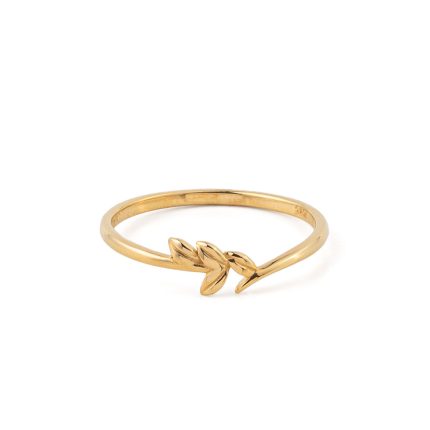
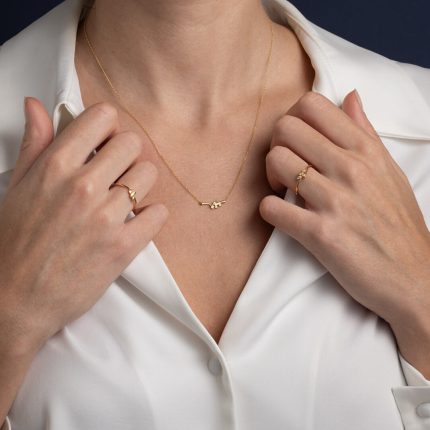
Επιλογή
Αυτό το προϊόν έχει πολλαπλές παραλλαγές. Οι επιλογές μπορούν να επιλεγούν στη σελίδα του προϊόντος
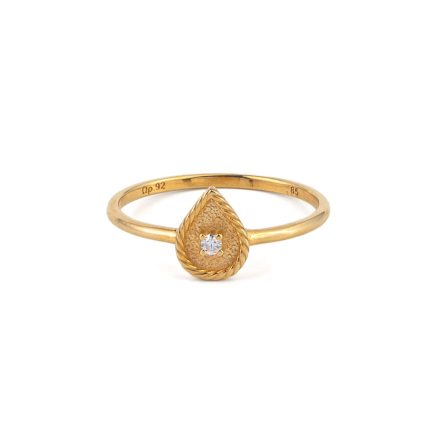
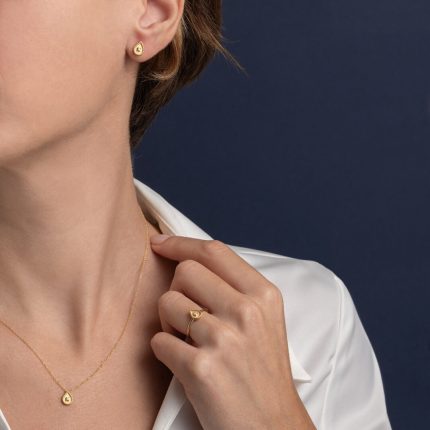
Επιλογή
Αυτό το προϊόν έχει πολλαπλές παραλλαγές. Οι επιλογές μπορούν να επιλεγούν στη σελίδα του προϊόντος
-15%
-15%
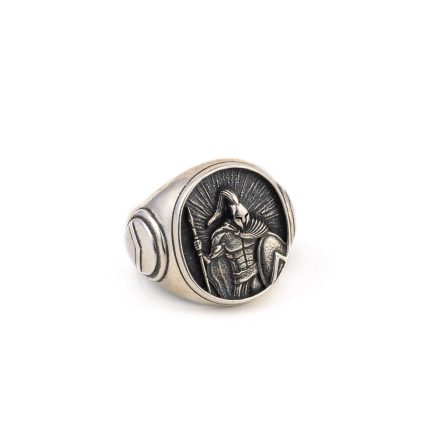

Επιλογή
Αυτό το προϊόν έχει πολλαπλές παραλλαγές. Οι επιλογές μπορούν να επιλεγούν στη σελίδα του προϊόντος
Δαχτυλίδι Σπαρτιάτης Πολεμιστής
-40%Εξαντλημένο
-40%Εξαντλημένο
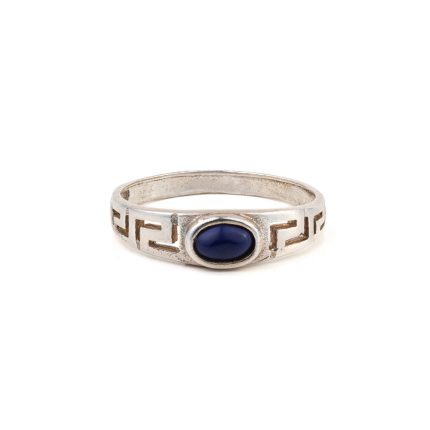
Επιλογή
Αυτό το προϊόν έχει πολλαπλές παραλλαγές. Οι επιλογές μπορούν να επιλεγούν στη σελίδα του προϊόντος
-40%
-40%
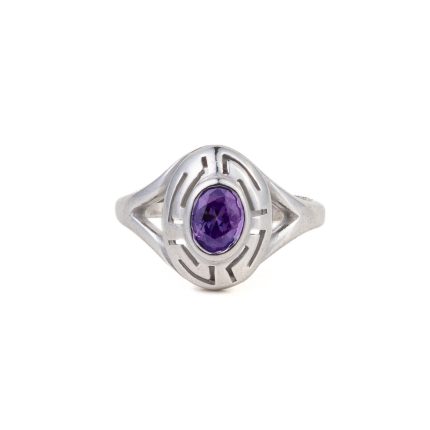
Επιλογή
Αυτό το προϊόν έχει πολλαπλές παραλλαγές. Οι επιλογές μπορούν να επιλεγούν στη σελίδα του προϊόντος
Δαχτυλίδι Μαίανδρος με Μωβ Ζιργκόν – Ασήμι 925
-40%
-40%
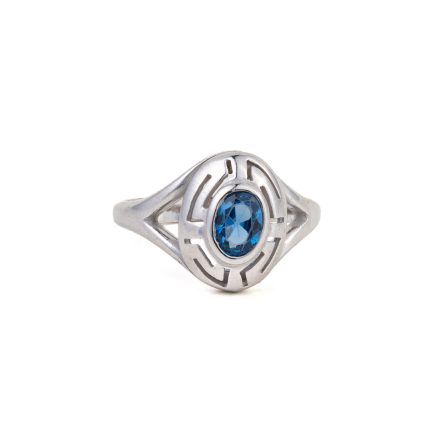
Επιλογή
Αυτό το προϊόν έχει πολλαπλές παραλλαγές. Οι επιλογές μπορούν να επιλεγούν στη σελίδα του προϊόντος
Δαχτυλίδι Μαίανδρος με Μπλε Ζιργκόν – Ασήμι 925
-40%Εξαντλημένο
-40%Εξαντλημένο

Επιλογή
Αυτό το προϊόν έχει πολλαπλές παραλλαγές. Οι επιλογές μπορούν να επιλεγούν στη σελίδα του προϊόντος
-40%
-40%
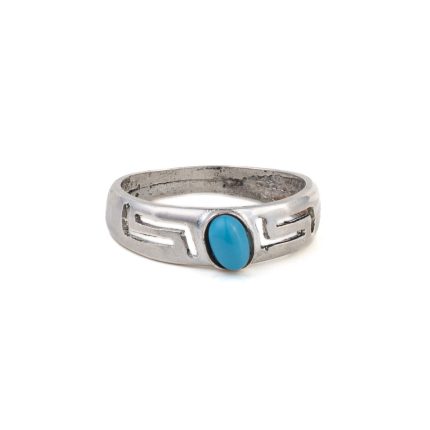
Επιλογή
Αυτό το προϊόν έχει πολλαπλές παραλλαγές. Οι επιλογές μπορούν να επιλεγούν στη σελίδα του προϊόντος
Δαχτυλίδι Μαίανδρος με Τυρκουάζ – Ασήμι 925
-40%
-40%
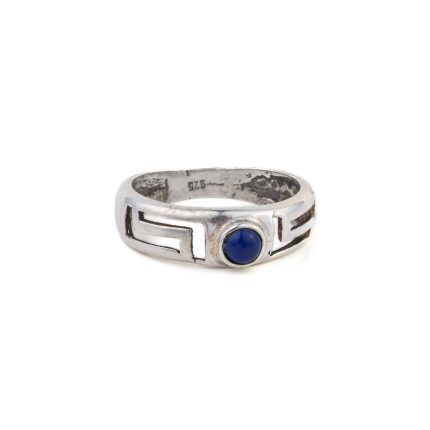
Επιλογή
Αυτό το προϊόν έχει πολλαπλές παραλλαγές. Οι επιλογές μπορούν να επιλεγούν στη σελίδα του προϊόντος
Δαχτυλίδι Μαίανδρος με Λάπις Λάζουλι – Ασήμι 925
-40%Εξαντλημένο
-40%Εξαντλημένο
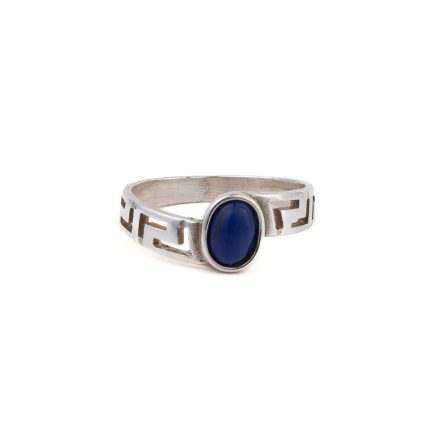
Επιλογή
Αυτό το προϊόν έχει πολλαπλές παραλλαγές. Οι επιλογές μπορούν να επιλεγούν στη σελίδα του προϊόντος
-40%Εξαντλημένο
-40%Εξαντλημένο
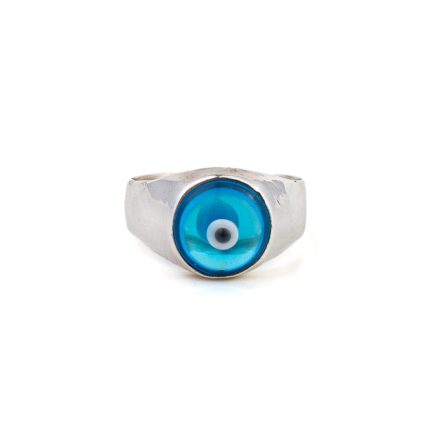
Επιλογή
Αυτό το προϊόν έχει πολλαπλές παραλλαγές. Οι επιλογές μπορούν να επιλεγούν στη σελίδα του προϊόντος
-40%
-40%
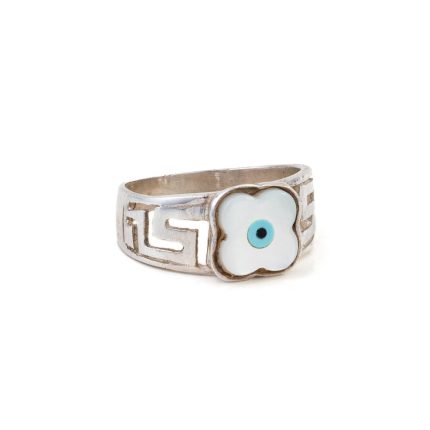
Επιλογή
Αυτό το προϊόν έχει πολλαπλές παραλλαγές. Οι επιλογές μπορούν να επιλεγούν στη σελίδα του προϊόντος
Δαχτυλίδι με Λουλούδι Μαίανδρος Φίλντισι – Ασήμι 925
-40%
-40%

Επιλογή
Αυτό το προϊόν έχει πολλαπλές παραλλαγές. Οι επιλογές μπορούν να επιλεγούν στη σελίδα του προϊόντος
Δαχτυλίδι Λουλούδι Μαίανδρος Φίλντισι – Ασήμι 925
-40%Εξαντλημένο
-40%Εξαντλημένο
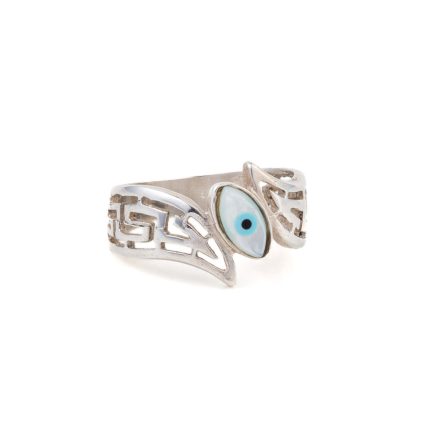
Επιλογή
Αυτό το προϊόν έχει πολλαπλές παραλλαγές. Οι επιλογές μπορούν να επιλεγούν στη σελίδα του προϊόντος
